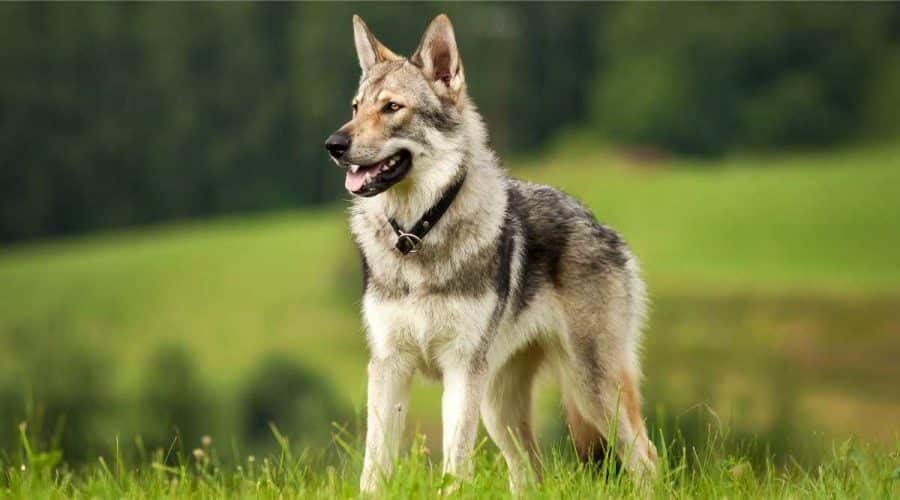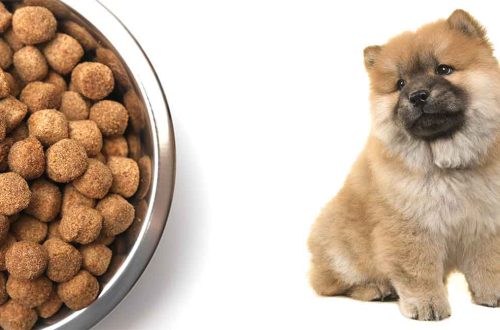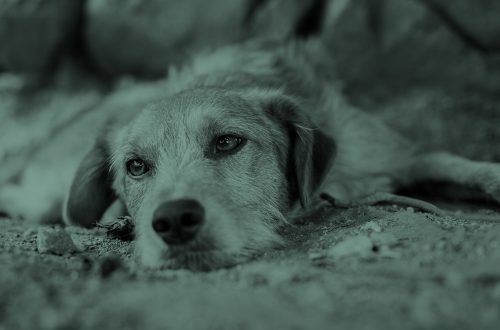
Пасмине паса које личе на вукове
Many people like big dogs that look like wolves: they look like real forest predators and their noble appearance is reminiscent of the harsh life in the wild. Why not get your own tame wolf then?
Dogs that look like wolves are distinguished by particularly good health, physical strength and a love of active movement in the fresh air. What breeds are they?
Садржај
Сибирски Хаски
This is an aboriginal northern breed, bred in the north of Siberia. Despite the wolf appearance and gloomy expression of the muzzle, huskies are distinguished by rare friendliness towards humans. For thousands of years, they served as sled dogs, so they developed a good-natured and non-aggressive character: they are not capable of either hunting or guarding homes. Huskies are extremely hardy and need constant physical activity, so a country house with a large yard is best suited for them. An apartment in which a bored husky is left can be seriously damaged.
Аљашки маламут
Malamutes, like Huskies, are an ancient breed of sled dogs. Their large build and gray-white color clearly indicate a close relationship with wolves. At the same time, Malamutes are calm, balanced, do not show aggression towards people and love children. The owner of a Malamute needs to pay special attention to training and socialization, because these dogs are quite stubborn and wayward. Malamutes also need a lot of outdoor movement, and it is best for them to live permanently in the country.
северни инуитски пас
This breed was artificially bred to save people in difficult weather conditions. To create it, they used huskies, malamutes, German shepherds, as well as dogs of the Eskimo Inuit people. The resulting breed is distinguished by intelligence, stubbornness, resistance to cold and physical strength. Northern Inuit are very similar to wolves, and therefore they are often filmed in films as gray predators. For example, northern Inuit dogs portrayed dire wolf cubs in the popular series Game of Thrones.
чехословачки вучјак
This breed was bred by crossing shepherd dogs with wolves and bears a strong resemblance to the latter. When selecting, breeders paid special attention to balance, learning, strength and endurance. The Czechoslovakian Wolfdog is the second name of the breed, inherited outstanding hunting abilities from its wild ancestors, so they were used for a long time in the border troops of Eastern Europe. Vlchaks almost do not bark, and also differ in unpretentiousness. They can live outdoors even in the coldest climates. These dogs have an independent nature, so the owner needs to pay special attention to training.
Саарлоос Волфдог
Like the Czechoslovakian Wolfdog, this breed was obtained by crossing a shepherd dog and a wolf. Thanks to the work of breeders, these dogs do not show aggression and lend themselves well to training. Their inability to bark and powerful hunting instincts bring them closer to wolves. Wolf dogs of Sarlos perceive the owner as the leader of the pack and obey him in everything, but they can overly actively protect him from strangers. In some countries, Sarlos wolf dogs are used to help blind people and in rescue work.
Утонаган
Utonagans were bred by British breeders based on Malamutes, Huskies and German Shepherds. Despite the similarity with wolves, these dogs are inferior to wild counterparts in strength and size. The wolf appearance, combined with the friendliest character, has made the Utonagan popular in many countries, but the breed has not yet been registered in cynological federations. Representatives of this breed can be good companions or guards, but they need to pour out their energy in active games.
Тамаскан
Dogs of this breed are very similar to wolves, but do not have wolf genes. Finnish breeders have bred tamascans using several dozen breeds. The result is a breed that is morphologically most similar to a wolf. At the same time, Tamaskan dogs are obedient, athletic and sociable. This is a new breed, not yet recognized by official cynological organizations, but there has already been interest in it in Europe, North America and Australia.
Before you get a pet, you should study the information about how many dog breeds there are and what breed classifications are used by cynologists. But it is important to remember that love for a four-legged friend rarely directly depends on its breed.
Погледајте такође:
Расе паса које изгледају као младунци
Класификације пасмина паса
Колико раса паса постоји?





